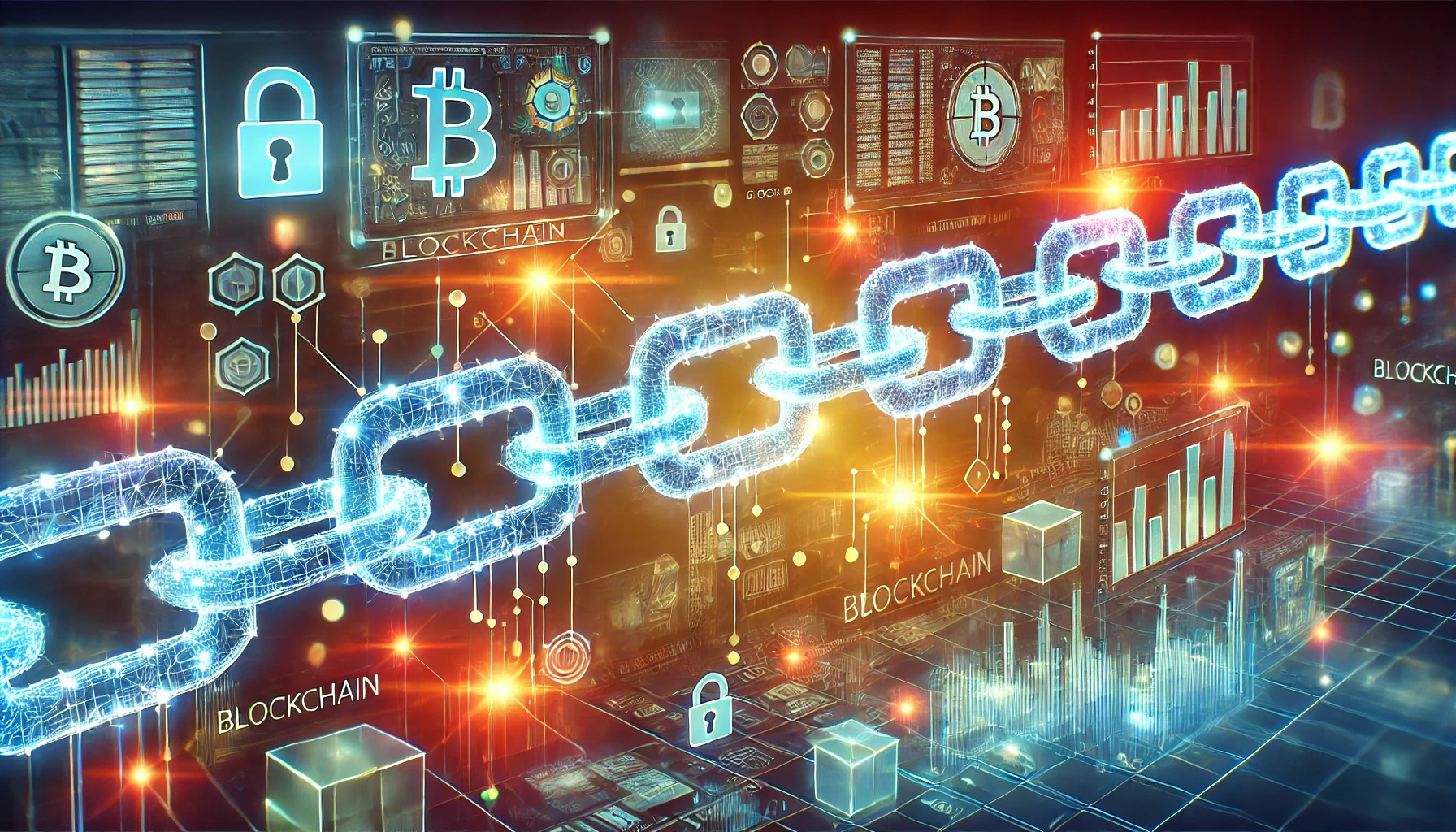What is Blockchain? A Beginner’s Guide in Simple Terms
Blockchain is one of those buzzwords you’ve probably heard, but maybe it feels too technical or mysterious to understand. Let’s simplify it. By the end of this article, you’ll know what blockchain is, how it works, and why it’s such a big deal.
The Basic Idea of Blockchain
Imagine a digital notebook that records transactions. This notebook isn’t stored in one place but is shared among thousands of computers worldwide. Every time someone adds a new note (or transaction), everyone’s copy of the notebook gets updated. This is essentially what blockchain is—a decentralized, secure, and transparent way of recording information.
Breaking Down the Term "Blockchain"
The name “blockchain” comes from how it works:
Block: A block is a collection of data, like a single page in our digital notebook. Each block contains information such as transaction details, a timestamp, and a unique code called a hash.
Chain: Blocks are linked together like a chain. Each block includes the hash of the previous block, creating a secure and unbreakable connection between them.
Once a block is added to the chain, it’s almost impossible to change, making blockchain highly secure.
How Does Blockchain Work?
Let’s say Alice wants to send money to Bob using a blockchain system. Here’s how it works step-by-step:
Transaction Initiation: Alice creates a digital transaction and broadcasts it to the blockchain network.
Verification: Computers in the network (called nodes) check if the transaction is valid. They make sure Alice has enough money to send and that everything is legitimate.
Block Creation: Once verified, the transaction is grouped with others to form a block.
Consensus: The network agrees that the block is valid. This process is called consensus, and it ensures that everyone in the network trusts the new block.
Block Added: The block is added to the chain, and the transaction is complete. Bob receives the money, and the record is permanently stored on the blockchain.
Why Is Blockchain Important?
Blockchain has several features that make it revolutionary:
Decentralization: No single person or company controls the blockchain. It’s managed by a network of computers, making it transparent and resistant to tampering.
Security: Since each block is linked to the previous one and transactions are verified by the network, altering the data is extremely difficult.
Transparency: Anyone can view the blockchain to see the transactions. This openness builds trust.
Efficiency: Blockchain can make processes faster by removing middlemen. For example, sending money internationally usually takes days, but with blockchain, it can happen in minutes.
Real-World Applications of Blockchain
Blockchain isn’t just for cryptocurrencies like Bitcoin. It has many other uses:
Finance: Banks use blockchain to make transactions faster and cheaper.
Supply Chain: Companies track goods from production to delivery using blockchain, ensuring transparency and reducing fraud.
Healthcare: Patient records can be securely stored and shared using blockchain, improving privacy and efficiency.
Voting: Blockchain could make elections more secure and transparent by preventing tampering.
Digital Identity: It can help individuals prove their identity online without relying on centralized services like banks or government databases.
Challenges of Blockchain
While blockchain is powerful, it’s not perfect. Here are some challenges:
Energy Use: Some blockchain systems require a lot of computing power, which uses significant energy. This has raised environmental concerns.
Complexity: The technology can be hard to understand and implement, especially for businesses that aren’t tech-savvy.
Scalability: As more people use blockchain, networks can become slower and harder to manage.
Regulation: Since it’s a new technology, governments are still figuring out how to regulate it.
The Future of Blockchain
Despite its challenges, blockchain is here to stay. It’s already changing industries and creating new possibilities. As technology evolves, blockchain could become more efficient and accessible, making it a part of everyday life.
For example, imagine a future where:
You vote in an election from your smartphone, knowing your vote is secure.
You buy groceries and can see exactly where every item came from.
You send money to someone in another country instantly, without high fees.
Conclusion
Blockchain might sound complicated, but at its core, it’s a way of securely and transparently recording information. It removes the need for middlemen, making systems faster, cheaper, and more trustworthy.
Whether you’re interested in cryptocurrency, business, or simply staying informed, understanding blockchain is essential. It’s not just a technology—it’s a shift in how we handle trust and data in the digital age.







1 Comment
[…] refers to a system of financial applications built on blockchain technology. Unlike traditional finance, which relies on centralized institutions like banks, DeFi operates on […]